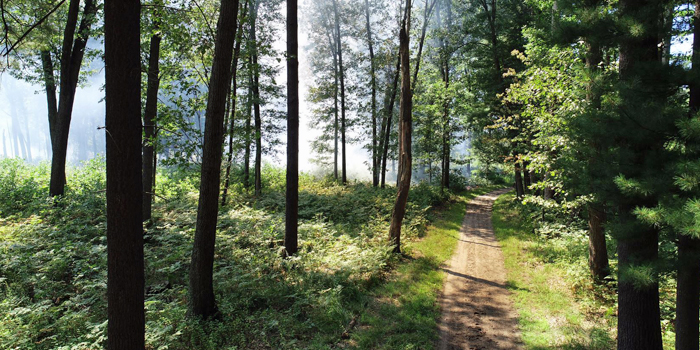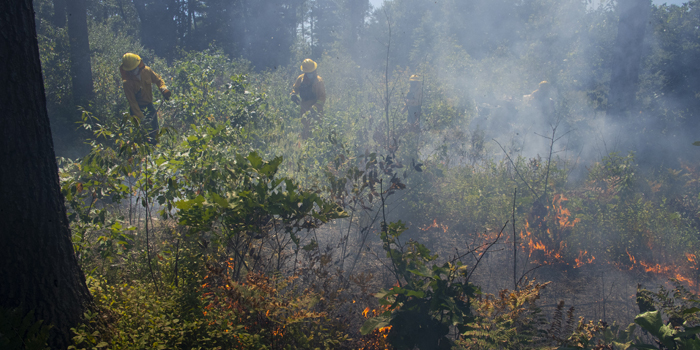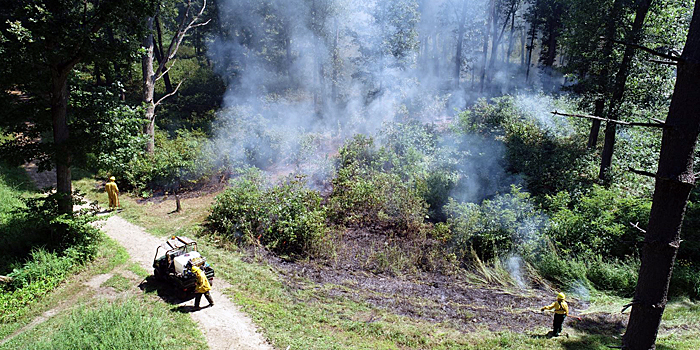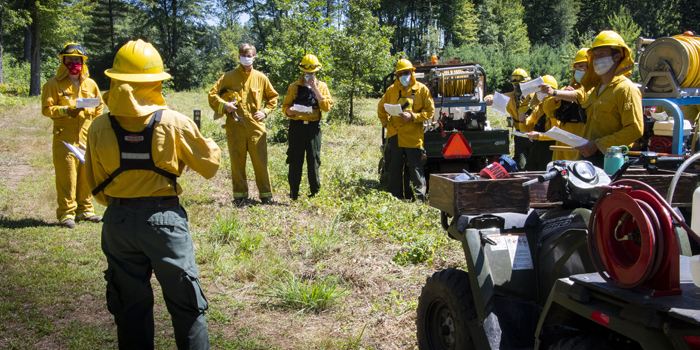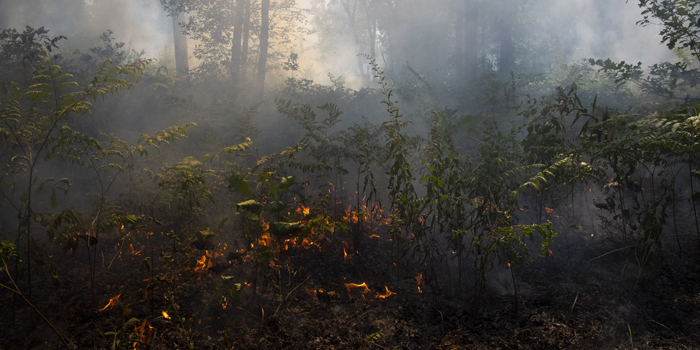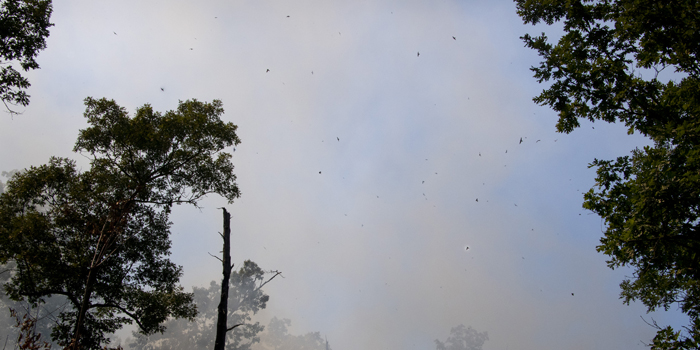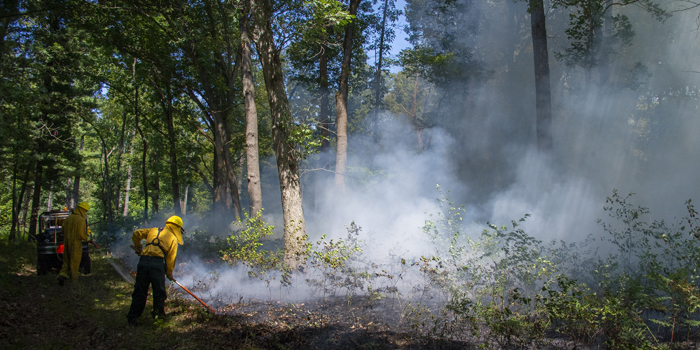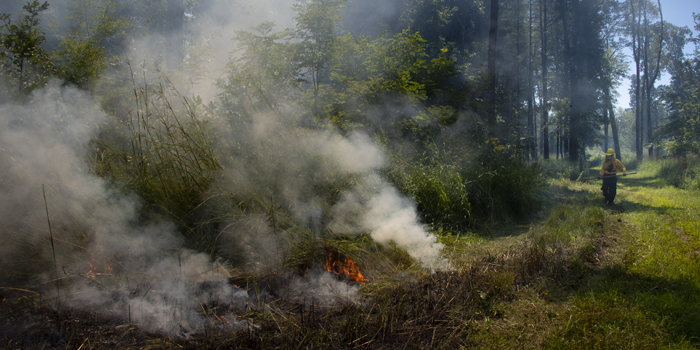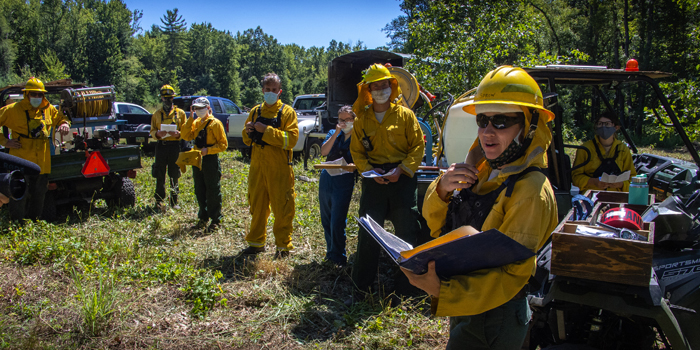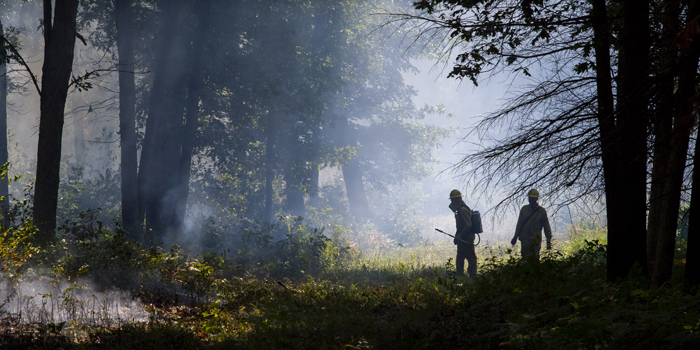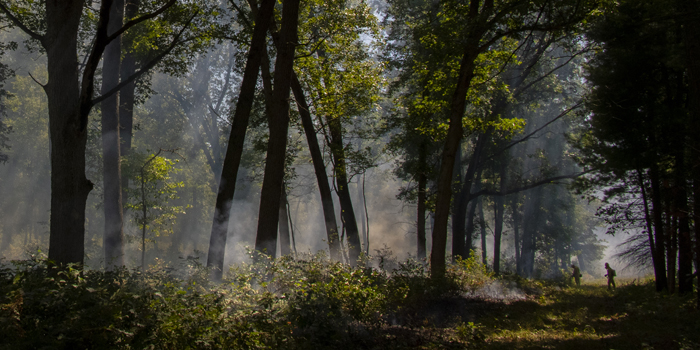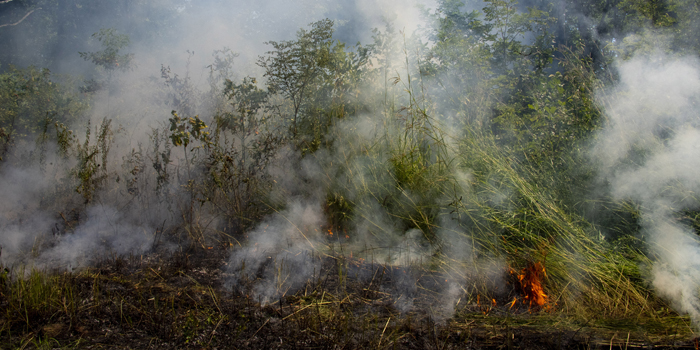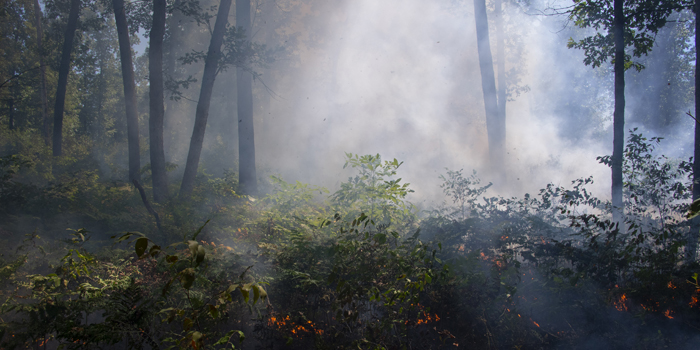Smoke in the Summer Savanna
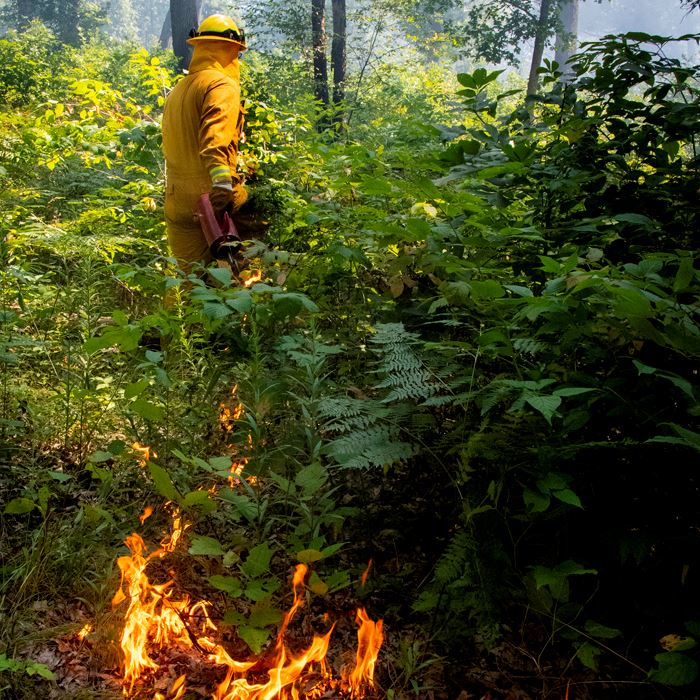
by Karen Menard
The recent August fire burned hot in the savanna. Water in the vegetation caused the smoke to rise high above the towering oaks, with their protective, thick bark.
Typically, smoke billowing from prescribed fires can be seen during the late fall or spring, when most plants are dormant. But, this season Metroparks decided to conduct its first ever growing season burn to eradicate shrubby oaks and other smaller, woody vegetation in an oak savanna.
Burning during this time of year provides better opportunities for forbs (broadleaf plants, not grass) in the seedbank to germinate and gain a better foothold, not having to compete with the now suppressed woody layer. The result is biodiversity.
Also, this time of year nesting birds have finished breeding and some have already moved south on their migratory journeys.
The effects of fire and vegetation biodiversity will be monitored into the future, with permanent research plots in these areas.
Slide show of images from the prescribed fire. Photos by Art Weber and Josh Brenwell
About Prescribed Fire
Metroparks natural resource managers determine if fire is the best tool to restore a natural area’s ecological quality by studying a site then developing a comprehensive plan. Typically, burns occur at prairie and savanna sites every 2 to 5 years or oak woodland sites every 3 to 6 years.
By including prescribed fire to care for oak savannas, woodlands and prairies, Metroparks can ensure a healthy future for the Oak Openings. The region is rare in the world, and home to one-third of Ohio’s endangered and threatened plants, more than any area its size in the state.
For thousands of years, the Oak Openings ecosystem of dunes, oak savannas and prairies (wet and dry) was sustained through periodic fires. In the last two centuries, much of the region was transformed into a mosaic of farms and residential areas where fire became undesirable. Without sunny openings, fire-adapted prairie and savanna plants may not flower or be pollinated effectively.
After a burn, the native plant growth is stimulated by fire-blackened soils that are warmed by the sun. Warm soils produce a longer growing season with greater soil microbe activity and more soil nutrients.
Since 1988, Metroparks has safely used prescribed burns to renew oak savannas and prairies, and to control invasive, non-native shrubs such as autumn olive and buckthorn. By keeping weedy species in check, habitats are no longer choked by dense shade or covered by too much leaf litter. Wherever the natural landscape has been restored, such as Oak Openings Preserve Metropark, the careful use of prescribed fire has significantly improved natural biodiversity, greatly benefitting the native wildlife and rare plants.
